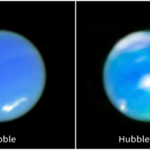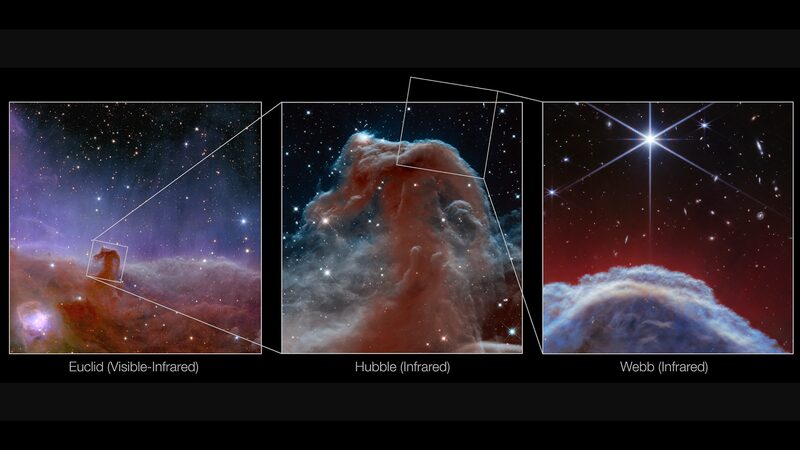🚀✨ NASA's Webb Space Telescope has made an exciting discovery about Charon, Pluto's largest moon! For the first time, scientists detected traces of carbon dioxide and hydrogen peroxide on its surface.
Charon, which is about half the size of Pluto, was previously known to be covered in water ice thanks to NASA's New Horizons flyby in 2015. But it’s the Webb telescope that has now uncovered hidden chemical fingerprints that were invisible at certain infrared wavelengths.
\"There's a lot of fingerprints of chemicals that we otherwise wouldn't get to see,\" said Carly Howett, a New Horizons scientist not involved in the new study.
Published in Nature Communications, the research provides vital clues about how Charon formed and could help scientists understand the composition of other distant moons and planets in the Kuiper Belt. 🪐🔍
Located over 3 billion miles from the sun, Pluto and Charon reside in the chilly reaches of our solar system, making them fascinating subjects for studying the building blocks of the cosmos.
Reference(s):
NASA's Webb telescope detects carbon dioxide traces on Pluto's moon
cgtn.com






